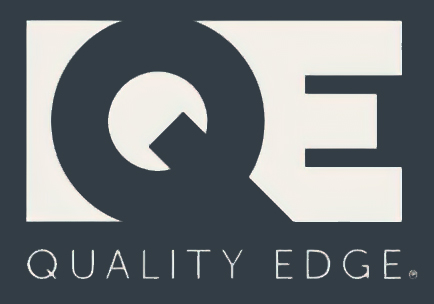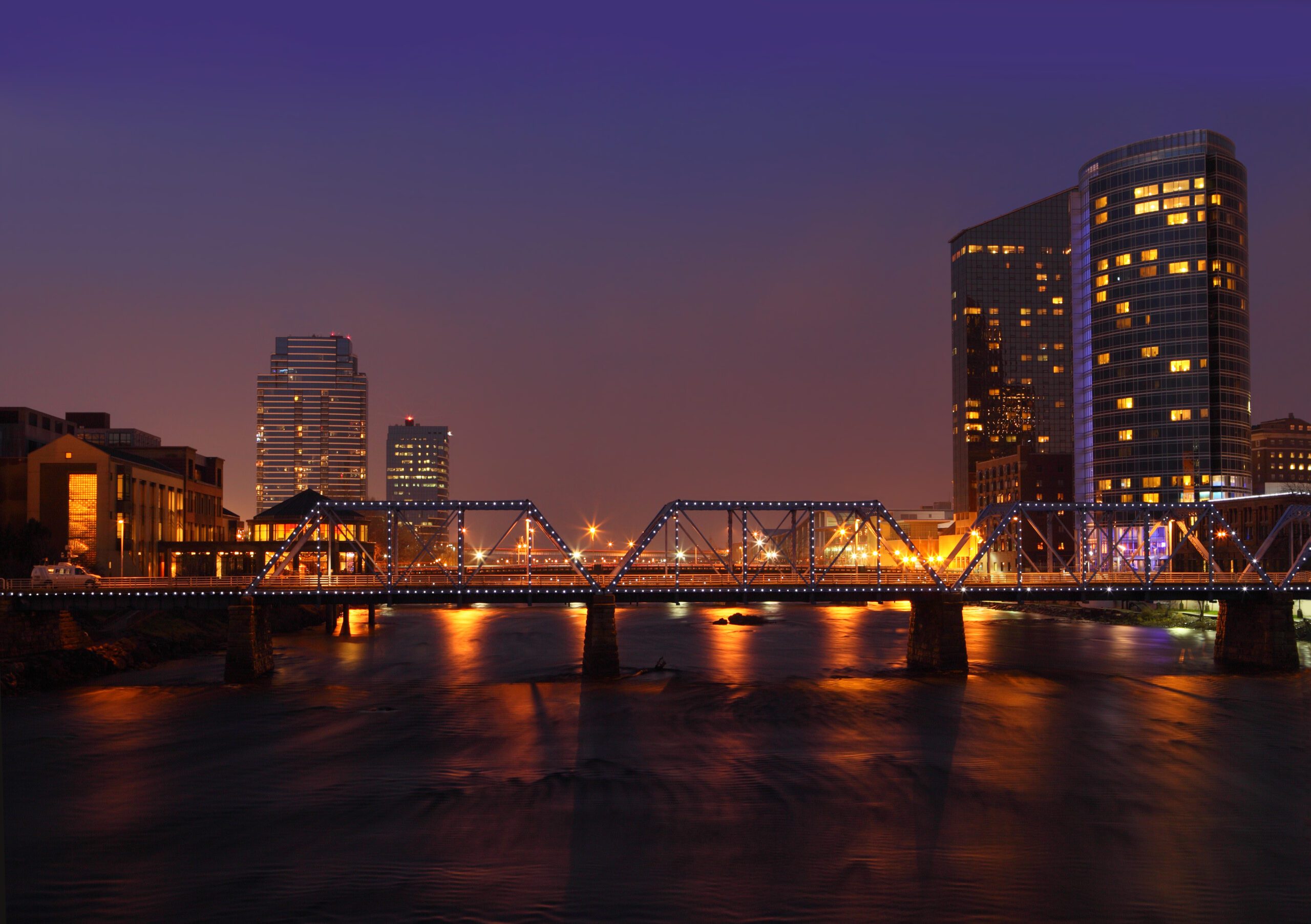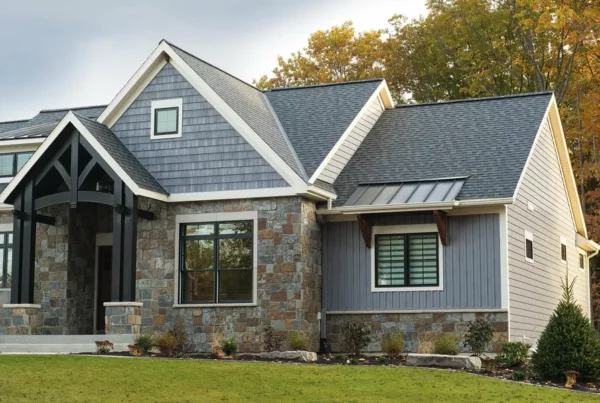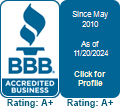A lot of Midwestern cities were hit especially hard in the 2008 economic downturn, and many have been slow to recover.
Grand Rapids is one city that has used green building as one way to ensure that this “rust belt” town has a green and vibrant future.
As the second largest city in Michigan, Grand Rapids, has a long history in manufacturing a diverse array of products. In the 90s, that didn’t look like a promising position, but the city had a number of advantages as well, including a city government and civic leaders who worked together to develop a sustainability plan for the region. Part of the city’s plan was a commitment to “green building,” measured in goals to increase LEED certified buildings.
What is LEED?
The LEED (Leadership in Energy and Environmental Design) program is a 3rd party certification system maintained by the USGBC (United States Green Building Council). It provides one way of measuring how efficient and sustainable a building is, by evaluating a building’s performance in key areas: energy savings, CO2 emissions reduction, water efficiency, sustainable materials, and resources used, among others. LEED has evolved through several revisions since its introduction in 1998, and remains the most recognized of green building standards in the United States.
What Happened in Grand Rapids
In Grand Rapids, LEED certification has been enthusiastically promoted as a sign of commitment to the environment and health of residents. In 2014, the USGBC recognized the greater Grand Rapids area as having the most LEED fellows per capita within the United States. Many buildings around Grand Rapids are the first of their type to achieve a LEED certification, including the first art museum, residence, YMCA, and Habitat for Humanity home. One building on 2nd Street NW even achieved the world’s highest LEED rating to date in 2012.
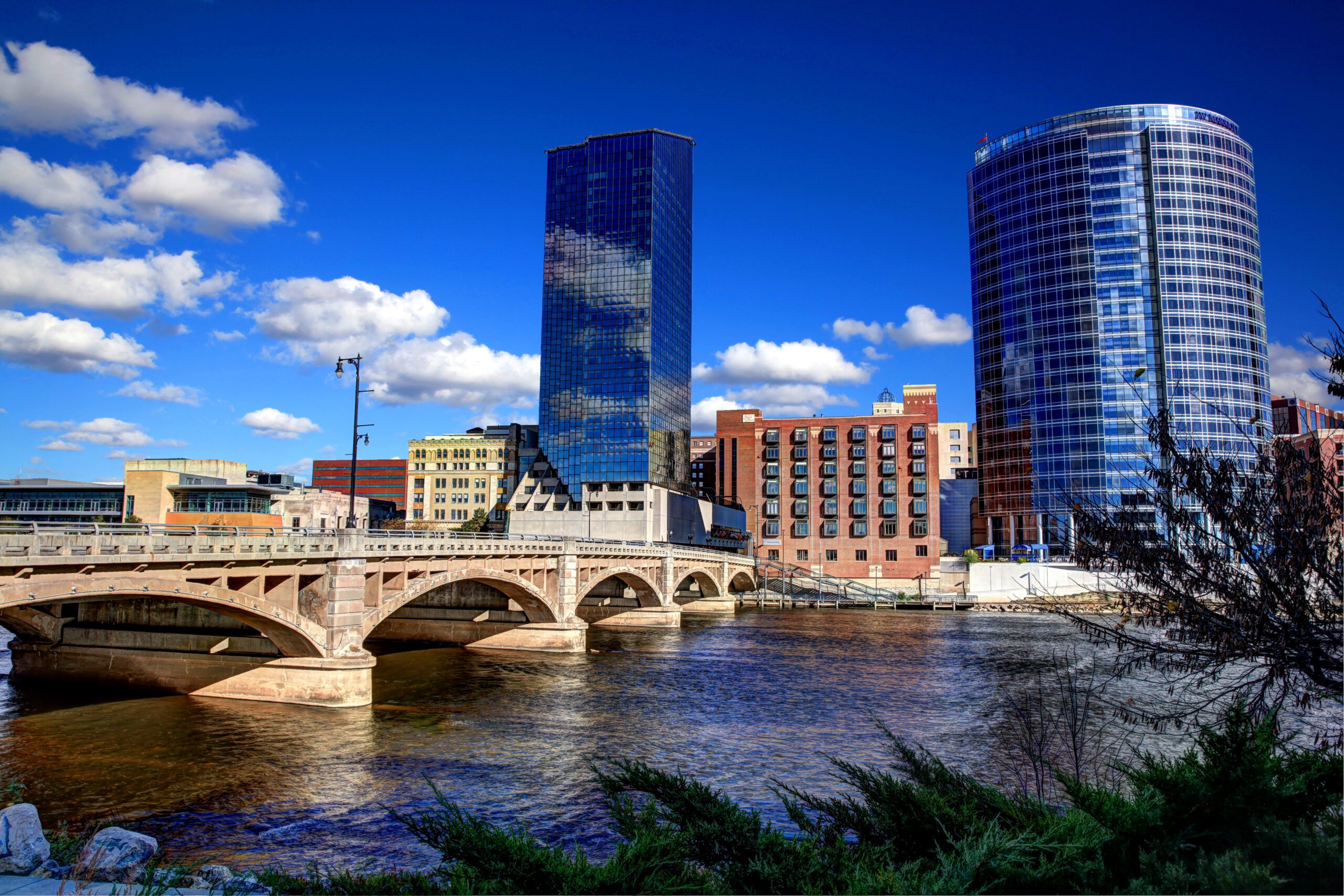
Many businesses, homes, and government facilities have made the effort and investment to achieve LEED certification, which benefits the community in several ways.
- Sustainability. Buildings that have obtained LEED certification project a positive environmental image to the community. When a business, agency, or homeowner decides to get their building registered, they demonstrate a commitment to sustainability and green building practices.
- Savings. By using many green building practices in any given building, owners can expect energy and cost savings over the life of the structure.
- Expertise. The mass of LEED certified buildings in Grand Rapids means that many local builders, contractors, architects, and other professionals have developed fluency with green building methods.
- Quality of Life. An important component of the LEED system is that it factors in human health, holding building materials to a higher standard. In other words, it’s not enough to simply create a tight and energy efficient building – builders and designers are challenged to use clean materials like steel, and methods like natural ventilation to address the health of the building’s occupants. Buildings that are designed or remodeled to the LEED standard have benefits like improved indoor air quality and plenty of daylight, which in the end contribute to better health and quality of life.
Quality Edge, with headquarters in Walker, just outside Grand Rapids, reaps the benefit of a community with such a passion for green building. As a manufacturer of sustainable steel and aluminum residential building products, we know that programs like LEED encourage a greater commitment to green building practices among all homeowners. And that can only benefit our families and strengthen our communities.
